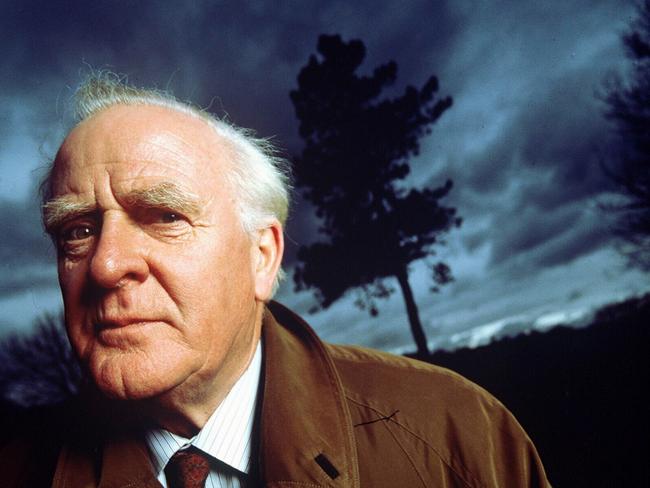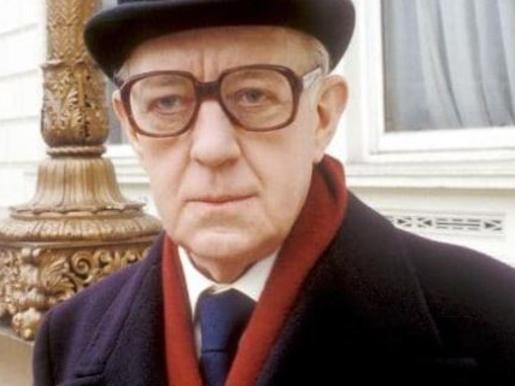Le Carre brings Smiley in from the cold
After a 27-year absence from John Le Carre’s work, George Smiley is about to return.

George Smiley was a shuffling figure even in his early appearances in John le Carre’s spy novels, and grew no more dynamic when the author twice coaxed him out of retirement.
The fictional spymaster seemed to have cleaned the lenses of his spectacles for the last time but, after a 27-year absence from Le Carre’s work, he is about to return, the author has announced.
Le Carre, whose real name is David Cornwell, will revive Smiley in A Legacy of Spies, in which intelligence officers find themselves having to justify their brutal methods in the secret war against the Soviet Union.
Viking, the imprint of Penguin Random House that will publish the book on September 7, declined to say whether Smiley would be an active character or merely referred to in flashbacks.
Smiley, who was memorably portrayed in television adaptations by Alec Guinness and on film by Gary Oldman, was last on active service in 1979 in Smiley’s People, when he came out of retirement to fight one last battle with his KGB adversary Karla. The character reappeared in 1990 in The Secret Pilgrim, in which he was a more passive figure giving a lecture to spy recruits.

The author’s revival of his most beloved character is especially surprising given that he declared in 2000 that he had no wish to bring him back. “I think I’ve done him,” he said. “Alec [Guinness] cured me of him. I couldn’t really write him without thinking of Alec and Alec’s voice. Also, the older I got the more I wanted to write about young people.”
The publisher said that the protagonist in the new book would be Peter Guillam, Smiley’s loyal lieutenant, who was “living out his old age on the family farmstead on the south coast of Brittany when a letter from his old service summons him to London”.
Viking said that Guillam is interrogated about operations that involved British agents in two novels: Alec Leamas from The Spy Who Came in from the Cold and Jim Prideaux from Tinker Tailor Soldier Spy. “Intelligence operations that were once the toast of secret London ... are to be scrutinised under disturbing criteria by a generation with no memory of the Cold War and no patience with its justifications.”

It seems likely that Guillam will have to answer for Smiley’s actions that involved three deaths in two novels. In The Spy Who Came in from the Cold, Smiley runs Leamas as an agent in a successful operation against the East German intelligence agency but at the cost of two lives. In Tinker Tailor, Smiley unmasks a double-agent at the highest tier of British intelligence but fails to protect him from being murdered, apparently in an act of revenge by Prideaux.
Le Carre, a former spy, created Smiley as an unglamorous character that was a riposte to the debonair charm of James Bond, whom he regarded as a fantastical figure. He described Smiley as short-legged, dressed in expensive but ill-fitting clothes and with a gait “anything but agile”.
Despite his understated appearance, he became one of the most famous characters in espionage. Le Carre’s books were so popular among spies that they adopted jargon made up by the author including “lamplighters” (surveillance teams) and “scalphunters” (agents responsible for break-ins and abductions).
Smiley has featured in eight novels so far, most prominently in the “Karla trilogy” — Tinker Tailor, The Honourable Schoolboy and Smiley’s People.
Viking also announced that 21 of Le Carre’s novels would be republished under its Penguin Modern Classics imprint. The author has enjoyed a rush of appreciation late in his career. Critics and audiences were delighted with the BBC’s adaptation last year of The Night Manager, which he wrote in 1993. The BBC announced in January that it was working on an adaptation of The Spy Who Came in from the Cold.
The Times


